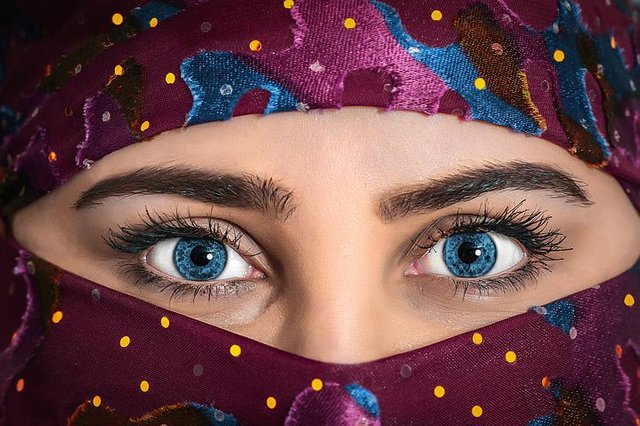The human eye
INTRODUCTION
Greetings to my beloved and fellow steemians, how have you all been all this while, it is a thing of joy to be here once again and I know each an every one of you is in good health and things are going well with. And myself I thank God almighty for my humble self, despite things are not going as I desired but I believe it will be well.
Today I will like to to discuss on the topic human eye first i will define the eye.
THE EYE
The eye is the sense of sight, it enables us to see things around us, their size and form.
There are three layers in the wall of thw eye ball
- outer layer(scleroid) it is also called white eye, it is a thick fibrous connective tissue forming the white of the eye.
- middle eye(choroid) this layer is highly vascularised, pigmented and rich in blood capillaries, the blood capillaries may make the layer brownish or reddish. It contains a black pigment.
- inner layer(retina) it is the innermost layer of the eyeball. It is the part that is sensitive to light. Images formed on it are always inverted and smaller than the real object. The retina has two types of sensory cells;the cones and the rods.
- A) cones;these are cells in the retina which are sensitive to colour vision and high light intensities, they do not respond to dim light.
- A) rods;they are sensitive to all light intensities, bright and dim light.
Other parts in the eye: - the cornea;it is a continuation of the sclera in front of the eye. It admits light into the eyes and it bends the light rays to bring them to a focus on the retina.
- the conjunctiva ;it is a thin tough transparent membrane which lines the inside of the eyelids and covers the cornea protectively.
- optic nerve ;it is found at the back of the sclerotic layer. It penetrates the choroid and retina at a point known as the "blind spot"which is devoid of light sensitive cells.
- iris ;the choroid forms the iris in front of the eye. The iris has a radial and circular muscle fibers, the iris control the amount of light passing through the eye.
- Pupil;it is also found within the choroid layer in front of the eye. The pupil is the aperture or opening through the iris. It is also where light enters the eye.
Ciliary muscle ;in front of the eye, the choroid layer forms the ciliary muscle. Attached to the ciliary muscle in the suspensory ligaments which hold the lens in place. The ciliary muscle alters the focal length. - lens; the lens is a transparent bi-convex elastic structure which is held in position by the suspensory ligaments. It helps to refract light rays that enters the eye.
- yellow spot;this is the most sensitive part of the retina. From it, the fullest visual information is sent to the brain. It is the point where image is focused.
- blind spot;the blind spot is a point where the cells are not sensitive to lights.
- Aqueous humour;It is a transparent, watery liquid which fills the space between the cornea and the lens. It refracts light rays into the retina.
- vitreous humour;it is a transparent , jelly-like liquid which fills the space between the space and the retina.
CONCLUSION
I have come to the end of this write up but I will continue it in my next writing because it is broad. Please pardon me for my inconsistency. My regards to @steem4Nigeria.

Thank you for sharing with us in the community. Note that the image you utilized in this piece has copyright complications, it is not free.
You are advised to use copyright-free images from Pixabay, Pexels and so on.
Change the image and notify me so that I can review you according to the community's standard.
I have done what you ask of me